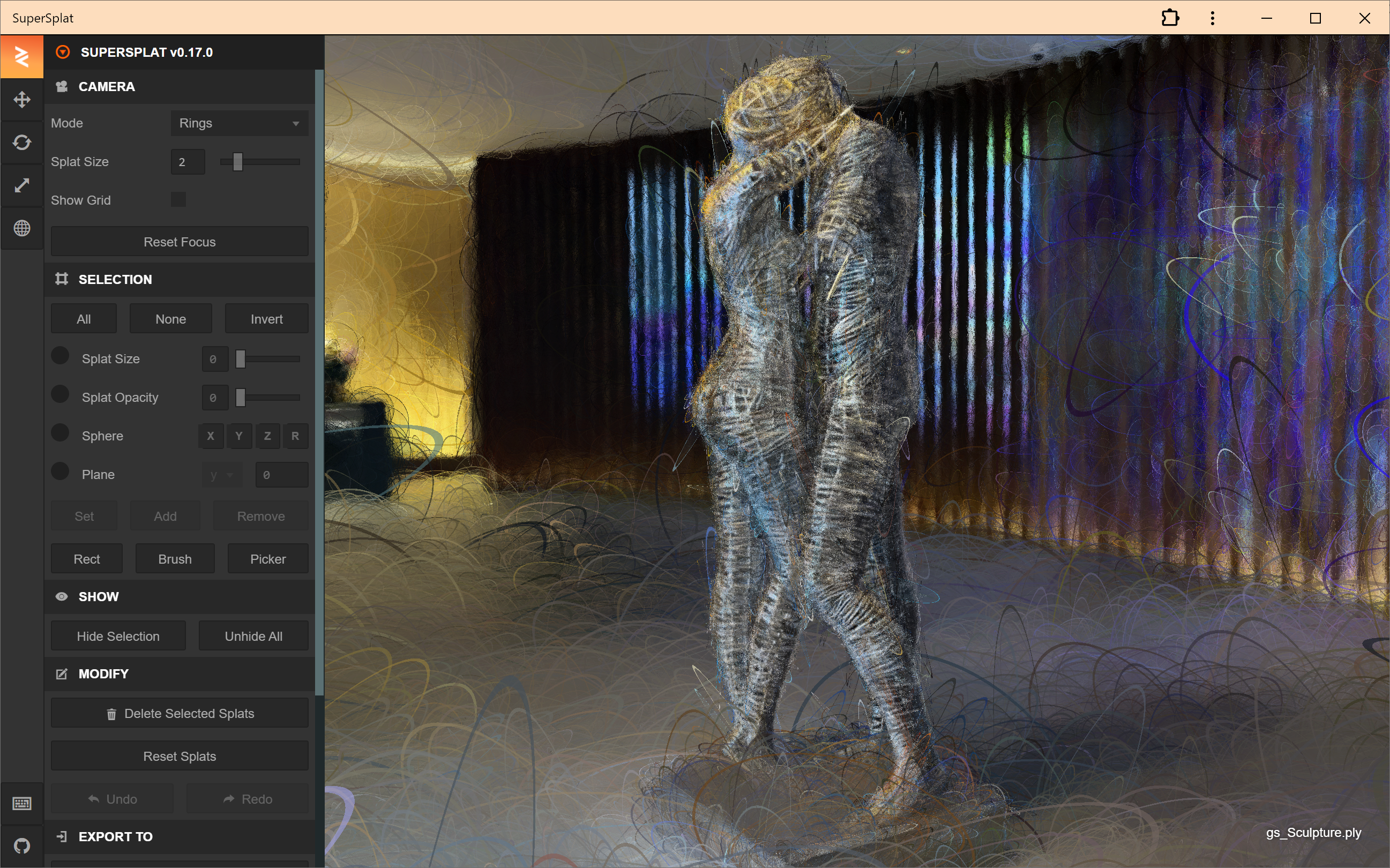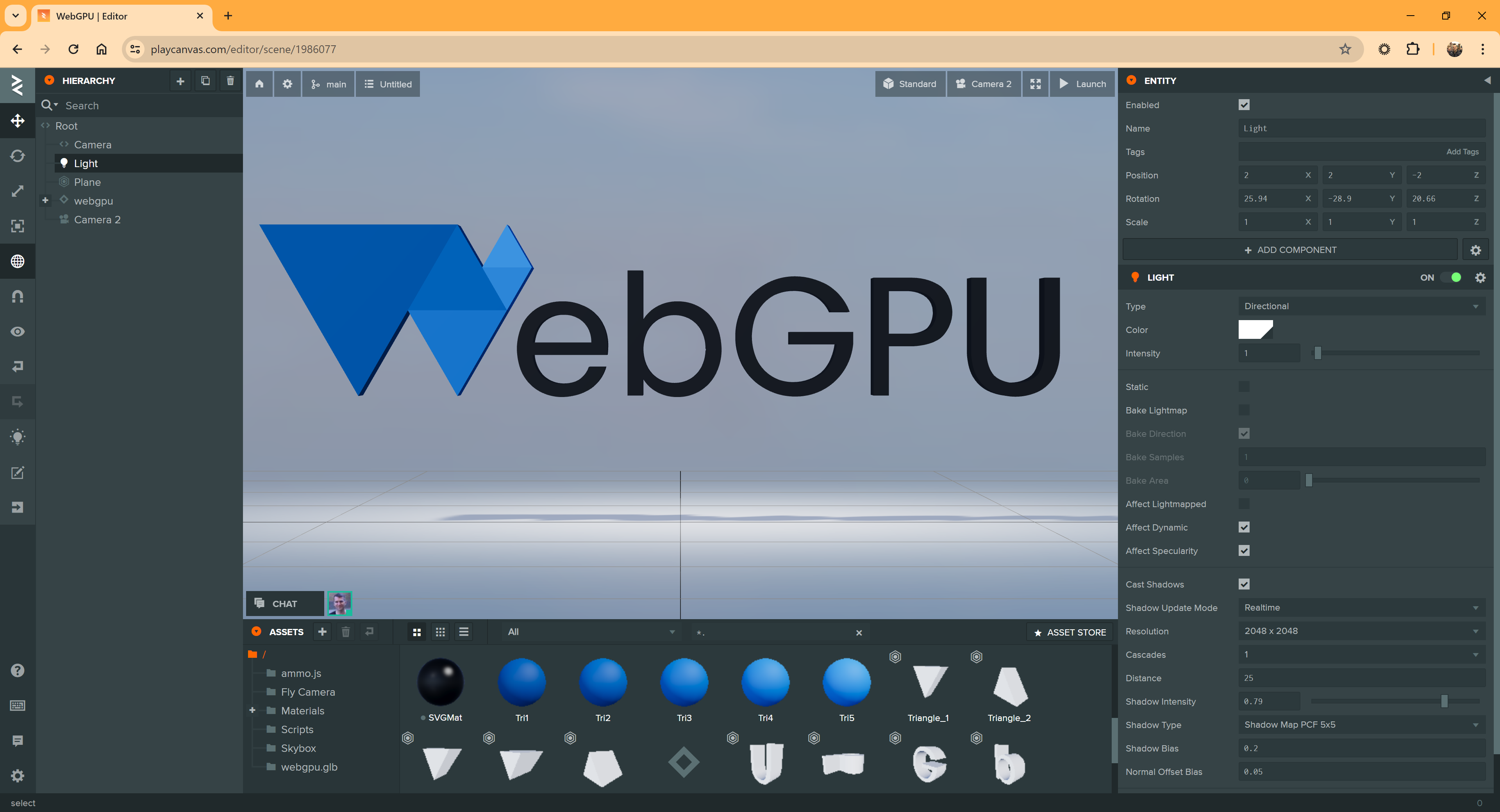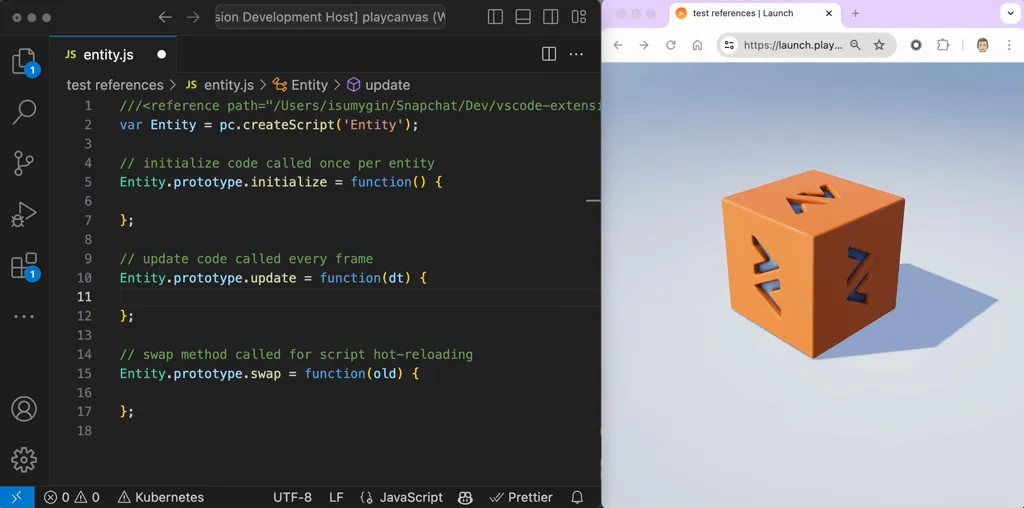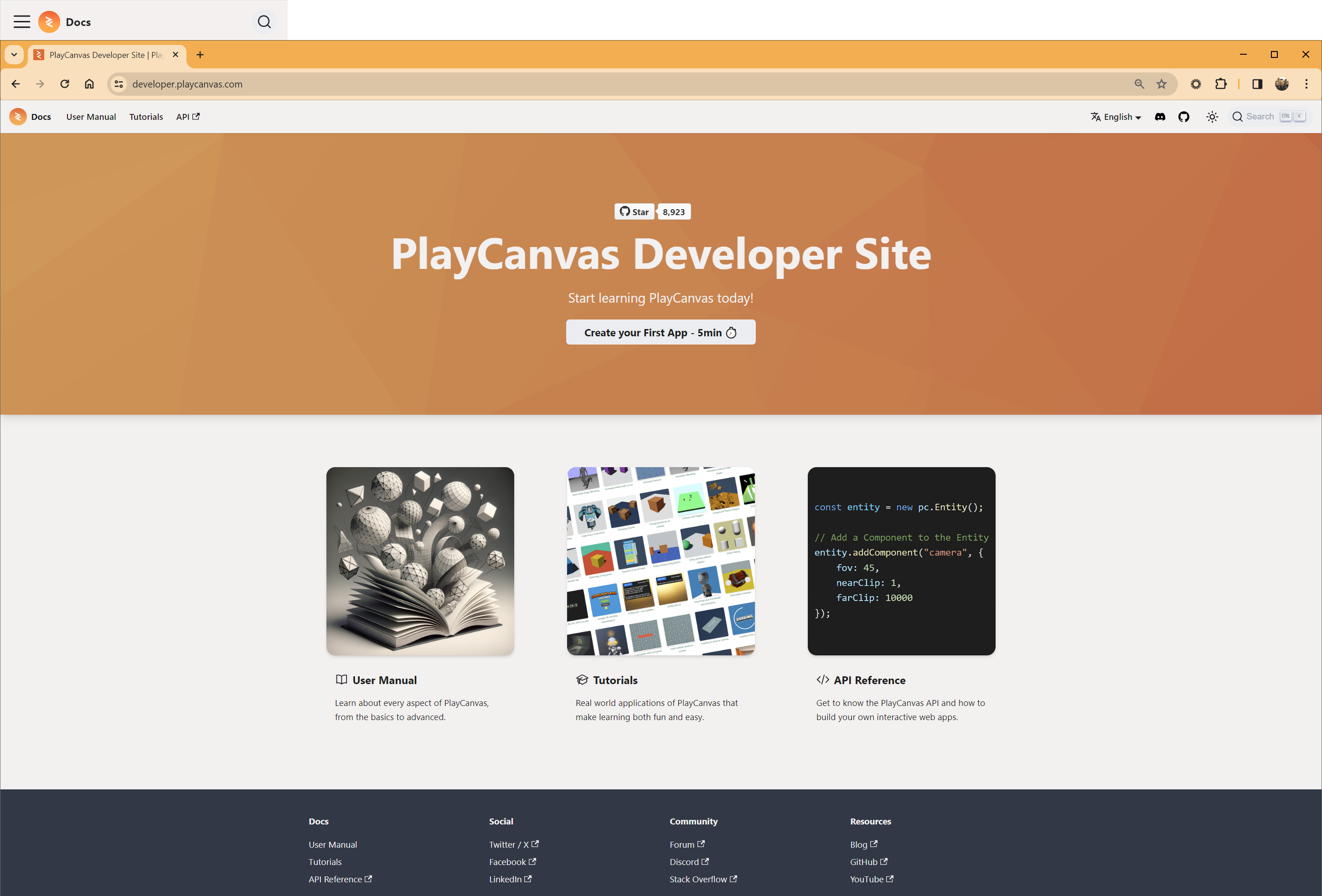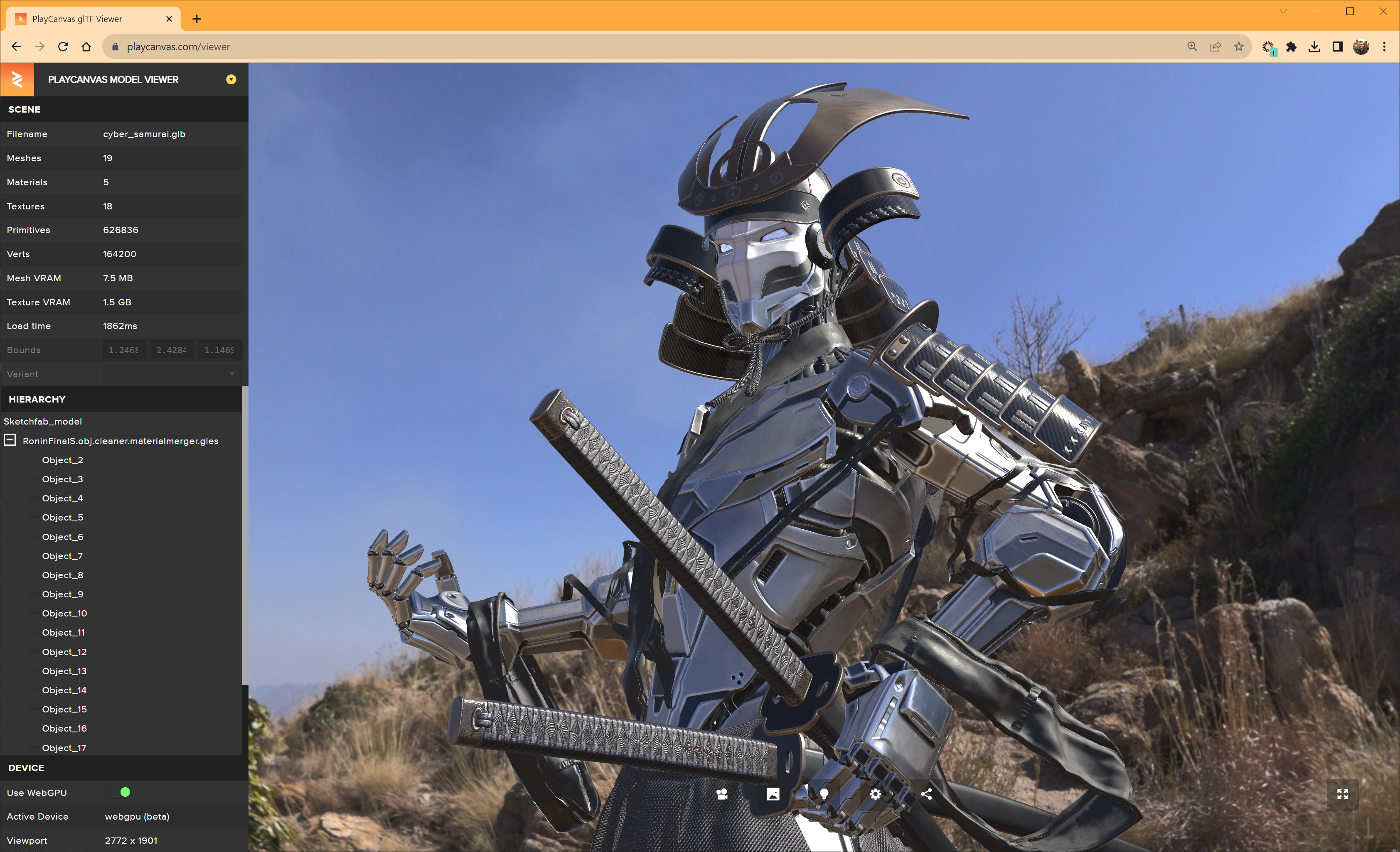Declarative 3D with React
Since introducing PlayCanvas, we've seen developers the world over build amazing 3D experiences using the PlayCanvas Engine and Editor. But what if you are a React developer?
Today we're proud to announce the release of PlayCanvas React, a new declarative way to build 3D content using React.
PlayCanvas React is a thin React wrapper around the PlayCanvas API. It allows you to build rich 3D content in a declarative way that fully integrates with the React ecosystem. You can create rich, complex 3D content with assets, physics, gaussian splats, audio, and more, all while leveraging the powerful state management of React.
Check out the CodeSandbox below. Slide open the code editor and play with the code in real time.


